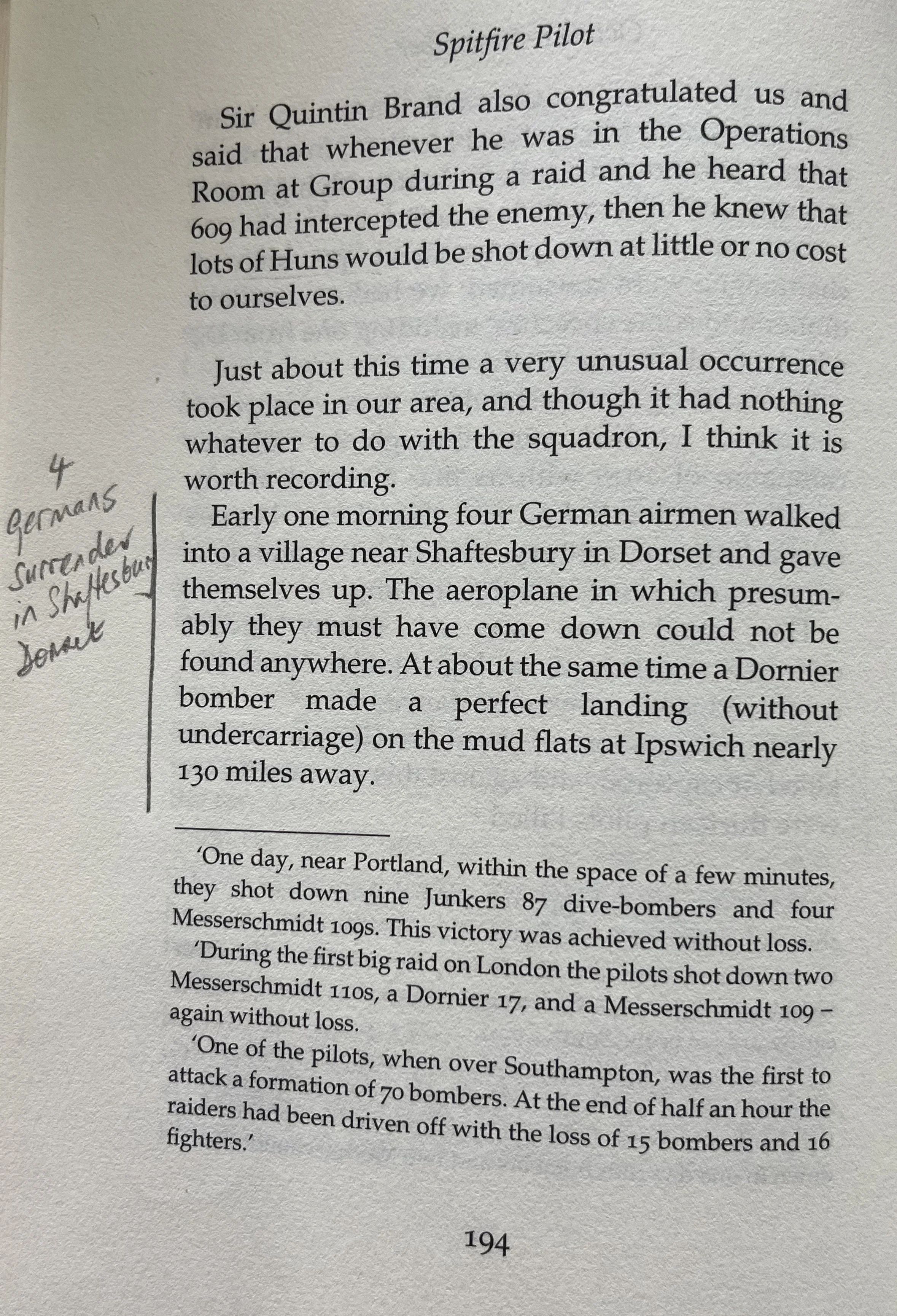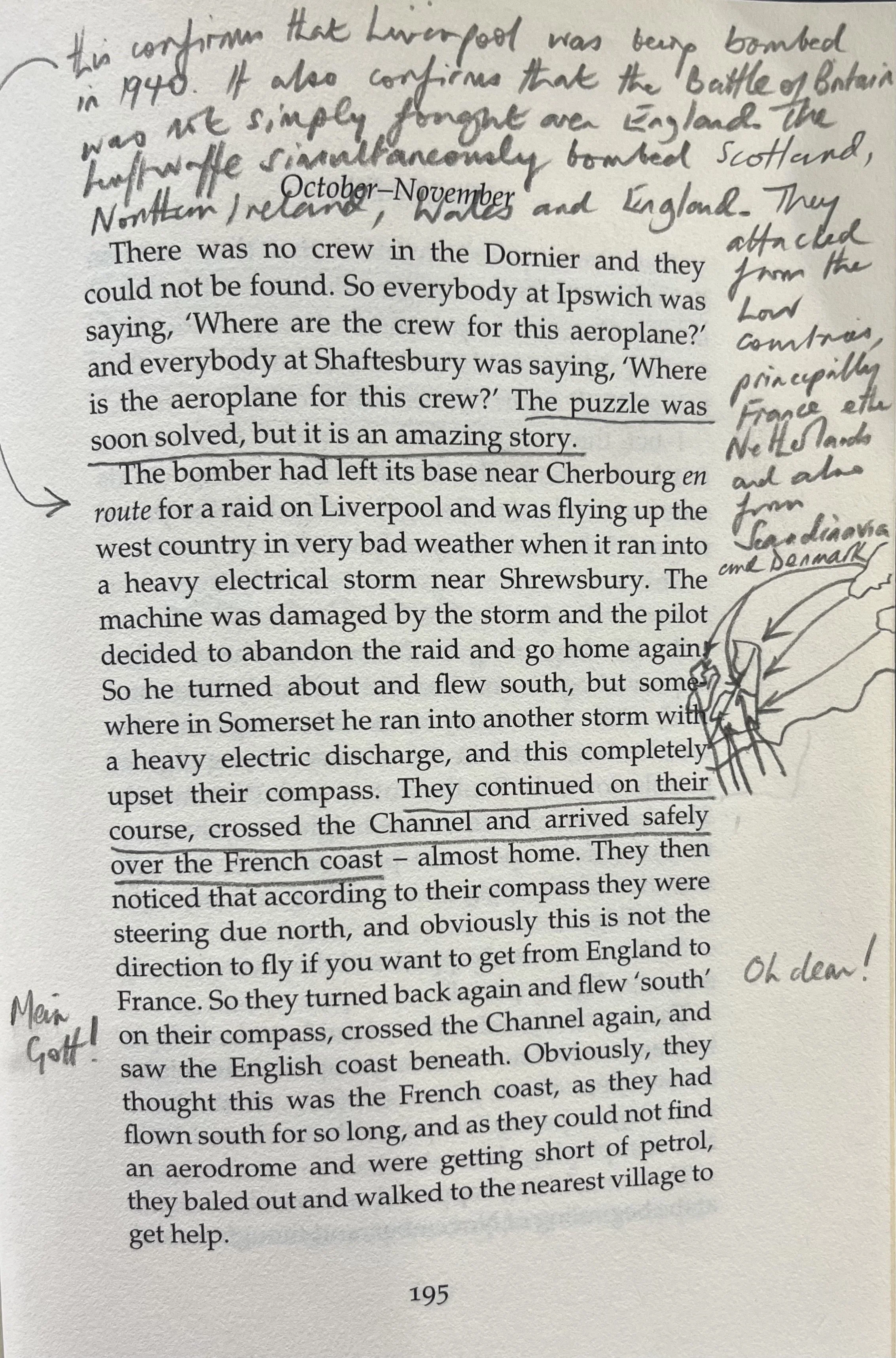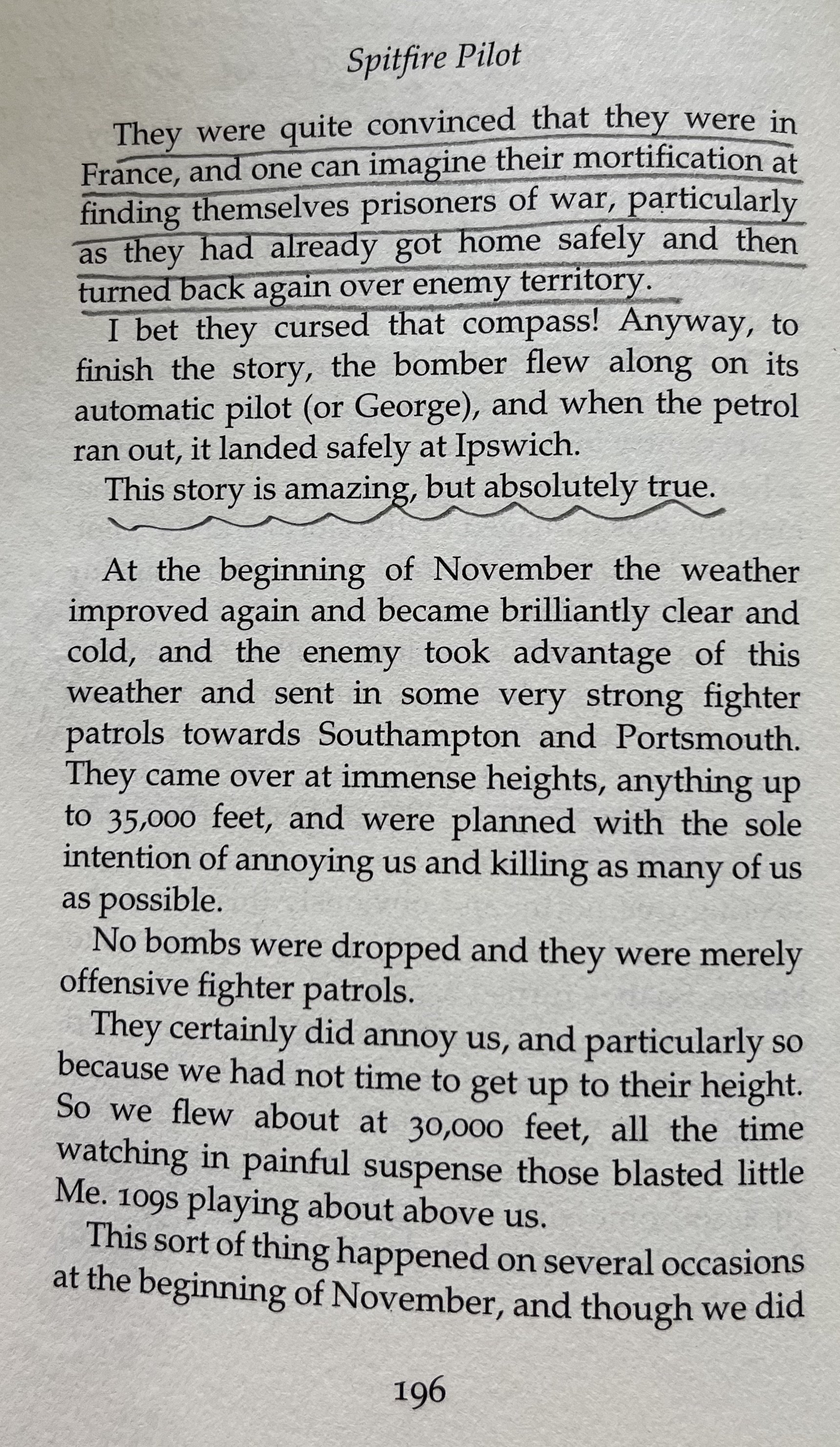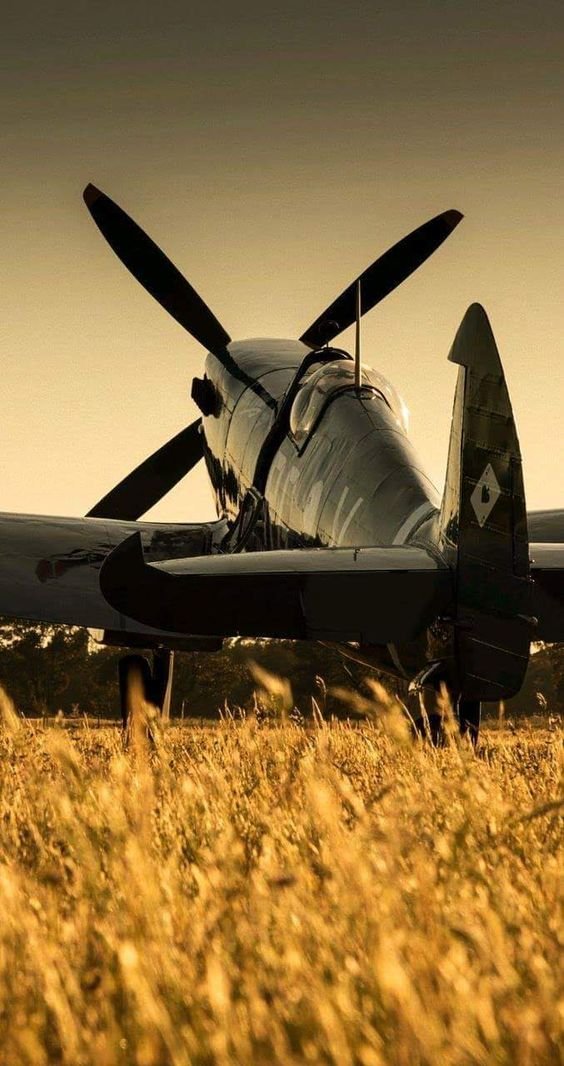Book Review | Supermarine Spitfire Dive-Bomber 1944

Book Review
Vickers Armstrongs Ltd ~ Supermarine Spitfire Dive-Bomber 1944
ALL OF US must wonder, at times, whether there is anything that we cannot find on the Internet.
Benign or malign, carefully I discover much that in my early years would have meant long days in the reference library, toddling back and forth to the librarian, booking a box in and a box out, and not always much the wiser. Yet, there was always peace and quietude in the reference library. Hallowed, almost.
I’ve come across a whole series of prints relating to the wartime aviation industry, and one particular firm, Vickers Armstrongs. Before I’d gone any further I found myself saying well, look at that. It IS plural. For a lifetime I’ve insisted it is Vickers Armstrong. I learn something every day!
This particular poster caught my eye, as it features the Supermarine Spitfire not as a fighter but, in 1944, as a very effective dive-bomber.
In case the text cannot be read, I reproduce it here …
From the Evening Standard, 9 October 1944
WITH THE SECOND TACTICAL AIR FORCE IN FRANCE
Monday.
Spitfire dive-bombers, now blasting enemy strong points daily, are achieving greater accuracy than ever the Luftwaffe’s Stukas could manage. They are faster, too than the Junkers 87s, and the enemy troops, even in “foxholes,“ are just as scared of the diving “Spits“ as they are of the ferocity of an attack by rocket Typhoons. The little “Spit-bombers“ have been assigned to special pinpoint targets, gun positions, “observation posts“ and even individual foxholes. Wing Commander Harries, who has destroyed 17 enemy airplanes – he played a leading part in the counter-attacks on the “tip-and-run-raiders“ – told me today that the Spitfire dive bombers get hits on their targets with about 80 out of 100 of the bombs. In the attack on Boulogne, the Canadian infantry was held up by a number of Germans securely dug into foxholes south of the town. The army called for the Spitfires.
Three squadrons of Wing Commander Harris’s Wing went in with bombs, 20 mm cannon, and .5 inch machine guns, the newest type of armament to be fitted to the Spitfires. Each squadron made two attacks, after which, the wing commander told me, the Canadians “just walked in.“ The Spitfires dive-bomb at an angle of about 60°, sweeping down sometimes to 1,000 feet before releasing their bombs.
Today
Keeping in mind that the author did not survive the Second World War, let us nevertheless look at the irony of war. Despite the ferocity of the War in Ukraine that has taken a sudden and vicious turn by Russia today, there will, nonetheless, be accounts now and again that mirror the author’s note on pages 194-196 of Spitfire Pilot by Flight Lieutenant David Crook DFC RAF.
16 December 2022
All Rights Reserved
LIVERPOOL
© 2023 Kenneth Thomas Webb
Afterword
Today, we tend to know this firm as Vickers Armstrong, but in 1944 the plural was the correct company name.
Ken Webb is a writer and proofreader. His website, kennwebb.com, showcases his work as a writer, blogger and podcaster, resting on his successive careers as a police officer, progressing to a junior lawyer in succession and trusts as a Fellow of the Institute of Legal Executives, a retired officer with the Royal Air Force Volunteer Reserve, and latterly, for three years, the owner and editor of two lifestyle magazines in Liverpool.
He also just handed over a successful two year chairmanship in Gloucestershire with Cheltenham Regency Probus.
Pandemic aside, he spends his time equally between his city, Liverpool, and the county of his birth, Gloucestershire.
In this fast-paced present age, proof-reading is essential. And this skill also occasionally leads to copy-editing writers’ manuscripts for submission to publishers and also student and post graduate dissertations.








